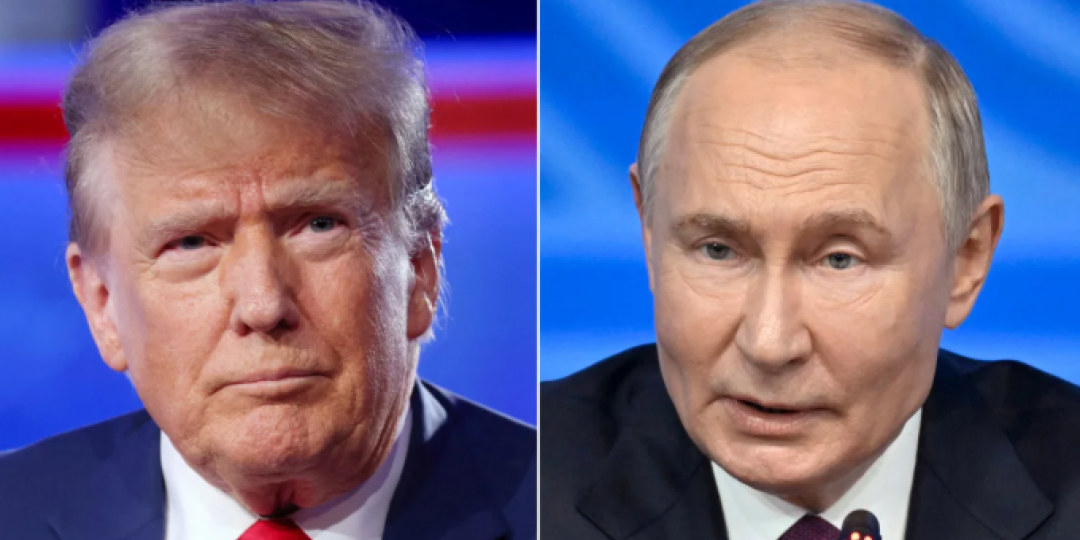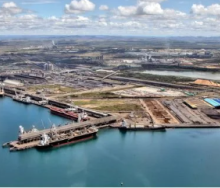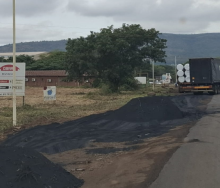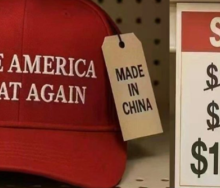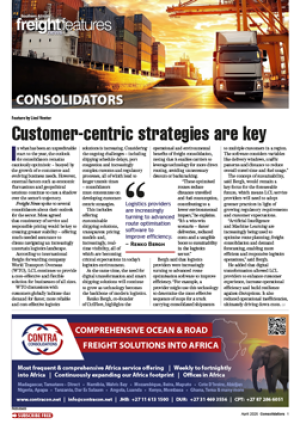Recent geopolitical developments suggest that global trade is heading towards a significant reset, with major implications for the logistics and supply chain industries.
If a proposed Trump-Putin peace deal involving Ukraine’s rare earth minerals and territorial concessions comes to fruition, it could trigger a major geopolitical and economic realignment, reshaping global trade flows and partnerships.
One of the most critical aspects of the proposed deal is the Trump administration’s reported request for a 50% stake in Ukraine’s rare earth minerals as compensation for US military and financial aid, a move that has sent shockwaves through European leadership, raising concerns about exclusion from the negotiations and the broader implications for security and economic stability.
The prospect of such a deal is already straining transatlantic relations. Wary of Trump’s previous stance on Nato and EU trade, European leaders could view this as another instance of Washington sidelining its allies. If the US secures a controlling interest in Ukraine’s rare earth minerals, the EU may fear losing access to these crucial resources, intensifying existing trade tensions.
In response, the EU may accelerate efforts to reduce reliance on both the US and China by strengthening trade ties with Africa, Latin America, and Indo-Pacific nations. This push for greater strategic autonomy could reshape global supply chains, with European logistics firms diversifying routes and suppliers to mitigate risks.
Control over Ukraine’s rare earth minerals could force the EU to seek alternative sources, such as Greenland, Africa, or domestic production. This would alter logistics flows and increase demand for new supply routes.
Additionally, a Trump-Putin peace deal could redefine Europe’s energy trade. If Ukraine remains a gas transit hub, the EU’s reliance on Russian gas might increase once again, contradicting recent efforts to cut dependence. This would have significant repercussions for energy logistics and infrastructure investments across the continent.
China currently dominates the global supply of rare earth minerals. If the US gains access to Ukraine’s deposits, it could reduce its dependence on Chinese sources. However, this would place the EU in a difficult position, potentially caught between a US-controlled Ukrainian supply and China’s existing dominance. European nations might be forced to negotiate separate deals or ramp up investments in resource extraction to maintain supply chain stability.
Security concerns are also at the forefront. If Trump continues his sceptical stance on Nato, the EU and the UK may need to rethink defence-industrial trade agreements. Increased European defence spending could spur greater intra-European military trade, potentially reducing US arms exports to the continent. The UK, navigating post-Brexit realities, may seek a deeper bilateral security and trade pact with the EU to counterbalance uncertainties in transatlantic relations.
A potential loosening of US-EU trade ties could lead to the emergence of alternative trade alignments. The EU might deepen partnerships with India and Japan, reducing reliance on traditional Western allies. Additionally, the G7’s united front on economic sanctions against Russia could weaken if Trump adopts a more lenient stance towards Moscow. Such shifts could cause significant disruptions in global supply chains, requiring logistics firms to adapt rapidly to new trade corridors and regulatory landscapes.
If a Trump-Putin agreement materialises, Europe will likely respond by diversifying its trade, strengthening security cooperation, and reducing reliance on both US and Russian resources. This could lead to a more multipolar trade environment, with the EU, US, and China competing for access to critical minerals, defence contracts, and energy supplies.
For the logistics and supply chain industries, this evolving landscape presents both challenges and opportunities, requiring proactive adaptation to shifting trade routes, regulatory changes, and geopolitical risks.
Would you like a deeper analysis of specific sectors, such as energy, defence, or manufacturing? Stay informed as we continue to monitor these rapidly unfolding developments.
